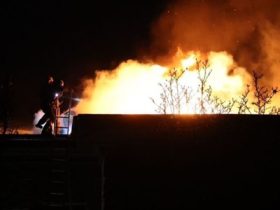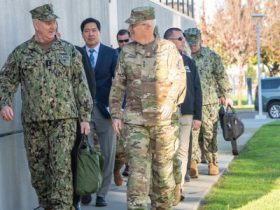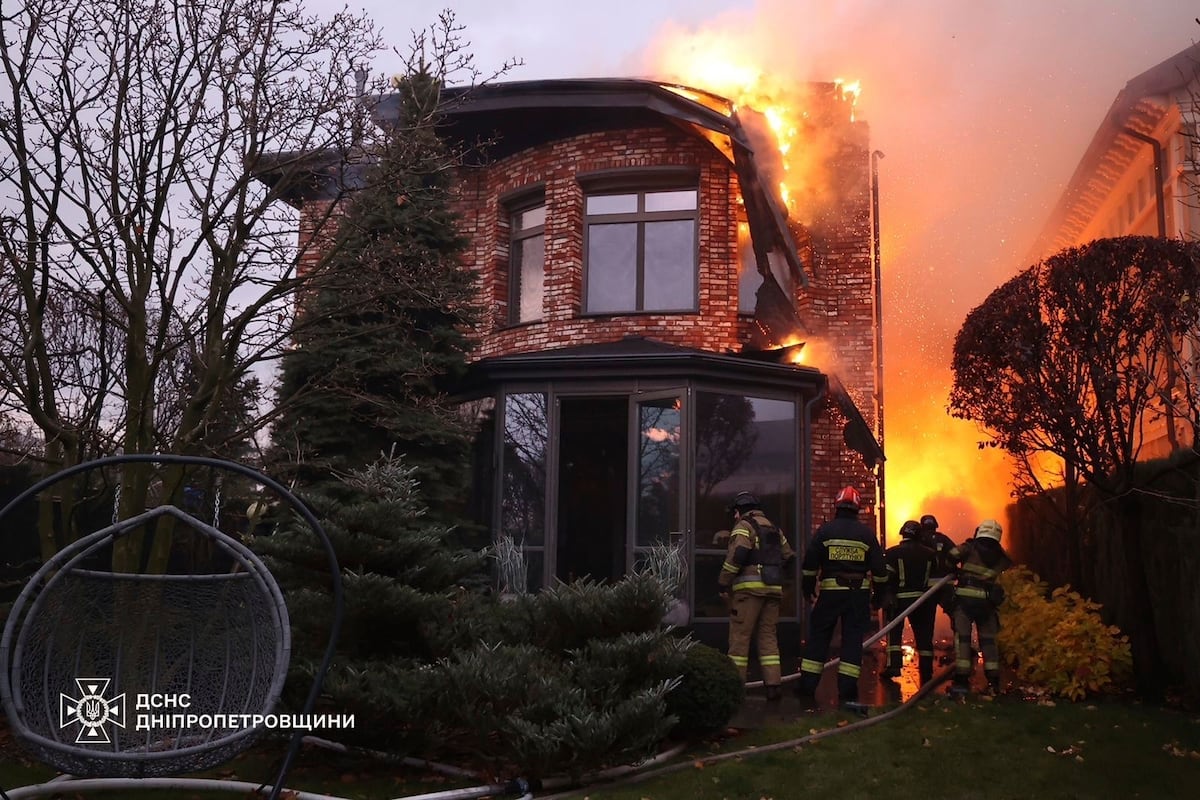FORT JOHNSON, Louisiana — A series of experiments with available technology and new unit configurations being tested in Louisiana will shape the future of brigade combat teams and how they deploy to tomorrow’s fights.
In early August, the 2nd Brigade, 101st Airborne Division out of Fort Campbell, Kentucky, conducted a 500-mile air assault from their home station to the Joint Readiness Training Center. On Aug. 22, the brigade launched a large-scale combat maneuver using novel approaches, homegrown technology and smaller headquarters.
The brigade is one of three currently experimenting with various tech, from electromagnetic spectrum tools and hide, decoy or detect signatures to counter-drone capabilities and nimble, small-footprint command posts running operations — which once took 60 troops — with only eight soldiers.
The two additional brigades, the Hawaii-stationed 2nd Brigade, 25th Infantry Division and the Fort Drum, New York-based 2nd Brigade, 10th Mountain Division are in earlier stages of developing such tech, with combat training center rotations planned for later this year and early 2025.
By this time next year, other brigades within these brigades’ divisions could see formations transform, with new tech at their fingertips for a “fight tonight” scenario, Army Chief of Staff Gen. Randy George said.
The Army’s efforts to transform the entire combat force over the next five years are expected to yield tangible results in the next year among those three brigades, added Maj. Gen. Brett Sylvia, commander of the 101st Airborne Division.
It’s all part of a larger initiative, announced in 2023, called “Transformation in Contact.” The effort puts soldiers at the center of solving tactical problems at the brigade level and below.
Many assets formerly part of the brigade-centric fight are now going to be the division level, which Army leaders say will lighten the operational burden on brigades, freeing them to do what brigades are supposed to do: destroy things.
The 101st is working with the Mobile Brigade Combat Team concept, which centers mobility around the infantry squad vehicle, said Capt. Charles O’Hagan, company commander for the brigades recon company.
That simple adjustment allowed a newly formed brigade reconnaissance company to go into the wood line Aug. 14 and work through Aug. 23 without the need for resupply, O’Hagan said. A dismounted company would require resupply in half that time.
In recent years, the Army has sought to shrink command posts for brigades and divisions, getting away from bulky, multivehicle convoys with massive radar dishes, antenna farms and tents that took hours to set up.
Army leaders point to Ukraine as a real-world example. Russian forces got bogged down early in the war and saw hundreds of operational commanders killed as Ukrainian troops employed simple signals intelligence detection and strike methods with drones and other cheap devices.
But even getting to the fight requires reconfiguring the way brigades have approached maneuver for more than 20 years.
A Global War on Terror-era brigade would hold about 4,300 soldiers. That number now sits at 3,000.
Sylvia said the division command elements of the Fort Campbell brigade performed mobile strike missions requiring 76 aircraft to haul more than 2,000 soldiers and 252 pieces of equipment across more than 500 miles on two avenues of approach. That maneuver necessitated at least two refueling points before troops hit the ground at 14 different landing zones.
Another 700 soldiers were needed to manage the forward area refueling points along the route from Fort Campbell to Fort Johnson, he said.
The 500-mile mark is key, Sylvia added. If the Army can strike from that distance, they can strike nearly any important feature of Russia, China, Iran or North Korea from regional installations.
The division practiced this sort of long-range assault in January using legacy gear and approaches, the two-star said.
“What we found was a huge disconnect between the brigade and its ability to communicate, and between the division and the brigades to be able to control those formations,” Sylvia said.
In their follow-up exercise, the brigade was able to use commercial tech, two avenues of approach and refueling points to better manage movement, Sylvia said.
“Our forward area refueling points are the lifeblood of this division,” Sylvia said.
Combat aviation brigade must be available to each brigade commander but coordinated by the division to be effective in moving all elements.
Moving assets to the division has streamlined the brigade, reducing time for many functions and allowing more creative tactics in combat training.
Soldiers now operate from four Humvees, one infantry squad vehicle and a 200-square-foot command post with smaller, distant antenna cluster. This replaces the previous 600-square-foot command post with an antenna farm and eight-plus vehicles and trailers.
Chief Warrant Officer 2 Vidal Perez, who works communication for 2nd Brigade’s command post, said setup and teardown used to take 30 to 45 minutes, which often meant colocating antennas with the command post — a setup that emitted a large signal for anyone looking to strike the brigade’s headquarters.
Now, with everything running on a cloud network and using commercial satellite technology, setup and teardown take just 10 to 20 minutes, Perez said.
Perez’s team have even set up “decoy” command posts by using commercially purchased circuit cards and power supplies, labeling them as 2nd Brigade Command Post and other names and dumping them in clusters in the woods for the opposition to detect and strike.
And when they strike, they reveal their positions for a counterattack.
In October, the 2nd Brigade, 25th Infantry Division is slated for its own test with a rotation through the Joint Pacific Multinational Readiness Center in Hawaii.
That validation event will provide lessons for the future brigades. The 2nd Brigade, 10th Mountain Division is set for a combat training center rotation in 2025.
As the three brigades share lessons from their experiments, Army senior leaders will evaluate their adjustments over the coming year. Successful outcomes are expected to spread across other brigades within their respective divisions, George said.
How Army unit composition has evolved
Looking at the differences between the Army’s pre-2004 division-centric setup, its post-GWOT brigade-centric construction and its 2030 construct, unit composition looks like the following:
Pre-2004 division-centric
- Three infantry brigades
- Two combat aviation brigades
- Sustainment brigade
- Artillery brigade
- Support command
- Signal battalion
- Air defense artillery battalion
- Military intelligence battalion
- Engineer battalion
GWOT brigade-centric
- Four infantry brigades
- Two combat aviation brigades
- Division sustainment brigade
- Division artillery brigade
- Special troops battalion
New division 2030 working construct
- Three mobile brigade combat teams
- One combat aviation brigade
- Division sustainment brigade
- Division artillery brigade
- Signal battalion
- Military intelligence battalion
- Engineer battalion
- Mobile protected firepower battalion
- Counter drone battery
Todd South has written about crime, courts, government and the military for multiple publications since 2004 and was named a 2014 Pulitzer finalist for a co-written project on witness intimidation. Todd is a Marine veteran of the Iraq War.
Read the full article here








Leave a Reply